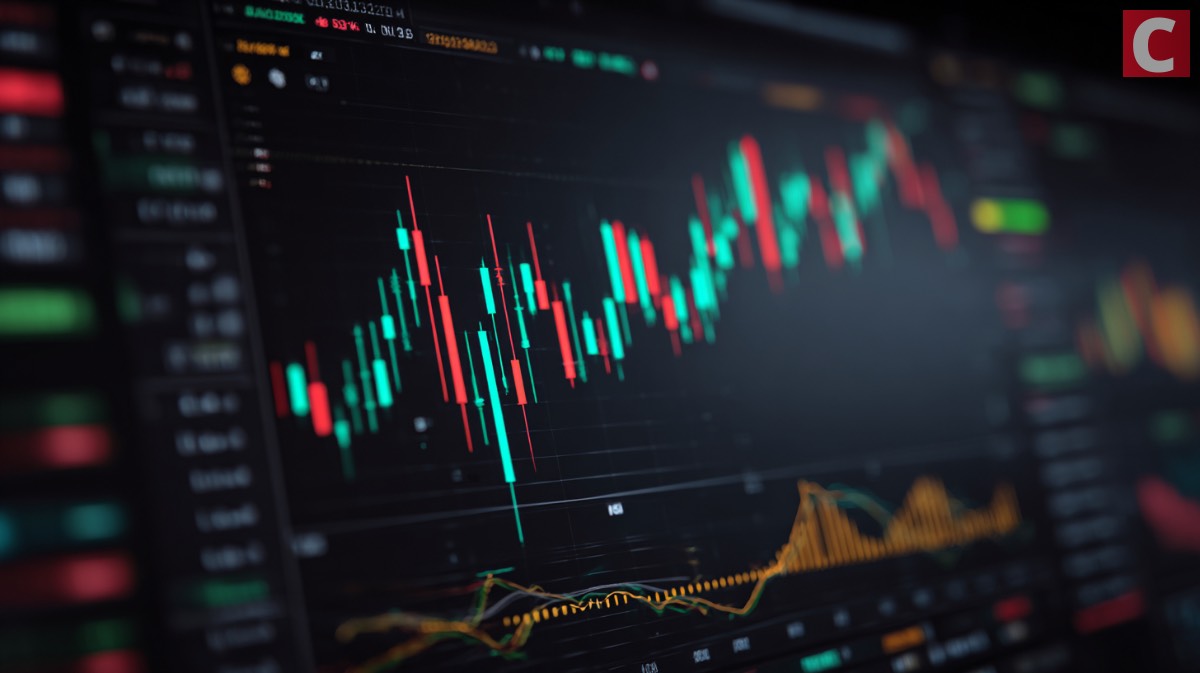Stablecoins like USDT are digital tokens pegged to traditional currencies—most commonly the US dollar—allowing users to transfer, store, and receive value without exposure to the extreme volatility typical of cryptocurrencies. One hundred sixty-five million on-chain wallets are holding USDT. Millions more are estimated to have USDT in centralized exchanges.
Tether drives crypto adoption across regions
Jul, 19, 2025
3 min read
by Nellius Irene
for CryptoPolitan

Tether USDT, the world’s most liquid stablecoin, has established itself as a powerhouse in the crypto arena. Recent data analytics indicate that USDT commands 73% of stablecoin activities.
Data shared on X underscores USDT’s deep integration into the daily flow of digital currency transactions worldwide.
Active stablecoin wallets have grown by over 50% over the past 12 months, from 19.6 million to 30 million. A substantial growth can be credited to Tether, which remains the market leader in user adoption, reach, and trading activity.
Tether drives crypto adoption across regions
USDT is more than a digital dollar; it is a new financial tool for everyone worldwide. Tether estimates that consumption in Asia is particularly high, with USDT representing approximately 45% of global volume.
Local banking in some areas may be less established, or some countries may see high currency volatility, in which case USDT could be a good solution.
Tether’s sway also runs heavily into the world of crypto trading. According to data from major exchanges, 65% of all trades with stablecoins involve USDT. It is a base currency of more than 900 trading pairs, including those from the major centralized exchanges, such as KuCoin and MEXC, meaning that ASTA has the largest number of trading pairs available in the market. Pairs such as USDT/BTC and USDT/ETH are some of the most active in the world, responsible for over 35% of all trading volume worldwide.
Tether faces scrutiny while shaping the stablecoin future
As much as it is in a leadership position, Tether has not been scandal-free. USDT reserves have been criticized for opacity by critics and regulators. In 2021, the United States’ Commodity Futures Trading Commission agreed to settle with Tether after making similar claims about the backing of the currency, inviting renewed attention around the asset that is best known for being used to devalue the USD in Bitcoin markets.
Tether has since made greater efforts to become more transparent. It currently issues quarterly attestation reports that independent firms audit. Tether reached an all-time high of total exposure in the US Treasuries, approaching $120 billion, including Treasuries’ indirect exposures from Money Market Funds and reverse repo agreements. That leaves it with a reserve of $5.6 billion to carry it into next year, and it’s hard to argue that it is not in robust financial health.
Still, regulatory pressure is growing. In the United States, proposed legislation like the STABLE Act seeks to increase scrutiny of stablecoin issuers. But critics say that rather than acting as a Trojan horse for innovation, if not carefully crafted, those laws could stifle it or fail to consider the dynamics of decentralization or global usage, punishing major players like Tether more than smaller ones.
Competitors such as Circle’s USDC and MakerDAO’s DAI have a smaller market share, but have continued to steal a chunk of the market. Neither, however, has approached Tether’s size, reach, or application as a trading tool.
Cryptopolitan Academy: Tired of market swings? Learn how DeFi can help you build steady passive income. Register Now
Tether drives crypto adoption across regions
Jul, 19, 2025
3 min read
by Nellius Irene
for CryptoPolitan

Tether USDT, the world’s most liquid stablecoin, has established itself as a powerhouse in the crypto arena. Recent data analytics indicate that USDT commands 73% of stablecoin activities.
Data shared on X underscores USDT’s deep integration into the daily flow of digital currency transactions worldwide.
Active stablecoin wallets have grown by over 50% over the past 12 months, from 19.6 million to 30 million. A substantial growth can be credited to Tether, which remains the market leader in user adoption, reach, and trading activity.
Tether drives crypto adoption across regions
USDT is more than a digital dollar; it is a new financial tool for everyone worldwide. Tether estimates that consumption in Asia is particularly high, with USDT representing approximately 45% of global volume.
Local banking in some areas may be less established, or some countries may see high currency volatility, in which case USDT could be a good solution.
Tether’s sway also runs heavily into the world of crypto trading. According to data from major exchanges, 65% of all trades with stablecoins involve USDT. It is a base currency of more than 900 trading pairs, including those from the major centralized exchanges, such as KuCoin and MEXC, meaning that ASTA has the largest number of trading pairs available in the market. Pairs such as USDT/BTC and USDT/ETH are some of the most active in the world, responsible for over 35% of all trading volume worldwide.
Tether faces scrutiny while shaping the stablecoin future
As much as it is in a leadership position, Tether has not been scandal-free. USDT reserves have been criticized for opacity by critics and regulators. In 2021, the United States’ Commodity Futures Trading Commission agreed to settle with Tether after making similar claims about the backing of the currency, inviting renewed attention around the asset that is best known for being used to devalue the USD in Bitcoin markets.
Tether has since made greater efforts to become more transparent. It currently issues quarterly attestation reports that independent firms audit. Tether reached an all-time high of total exposure in the US Treasuries, approaching $120 billion, including Treasuries’ indirect exposures from Money Market Funds and reverse repo agreements. That leaves it with a reserve of $5.6 billion to carry it into next year, and it’s hard to argue that it is not in robust financial health.
Still, regulatory pressure is growing. In the United States, proposed legislation like the STABLE Act seeks to increase scrutiny of stablecoin issuers. But critics say that rather than acting as a Trojan horse for innovation, if not carefully crafted, those laws could stifle it or fail to consider the dynamics of decentralization or global usage, punishing major players like Tether more than smaller ones.
Competitors such as Circle’s USDC and MakerDAO’s DAI have a smaller market share, but have continued to steal a chunk of the market. Neither, however, has approached Tether’s size, reach, or application as a trading tool.
Cryptopolitan Academy: Tired of market swings? Learn how DeFi can help you build steady passive income. Register Now

